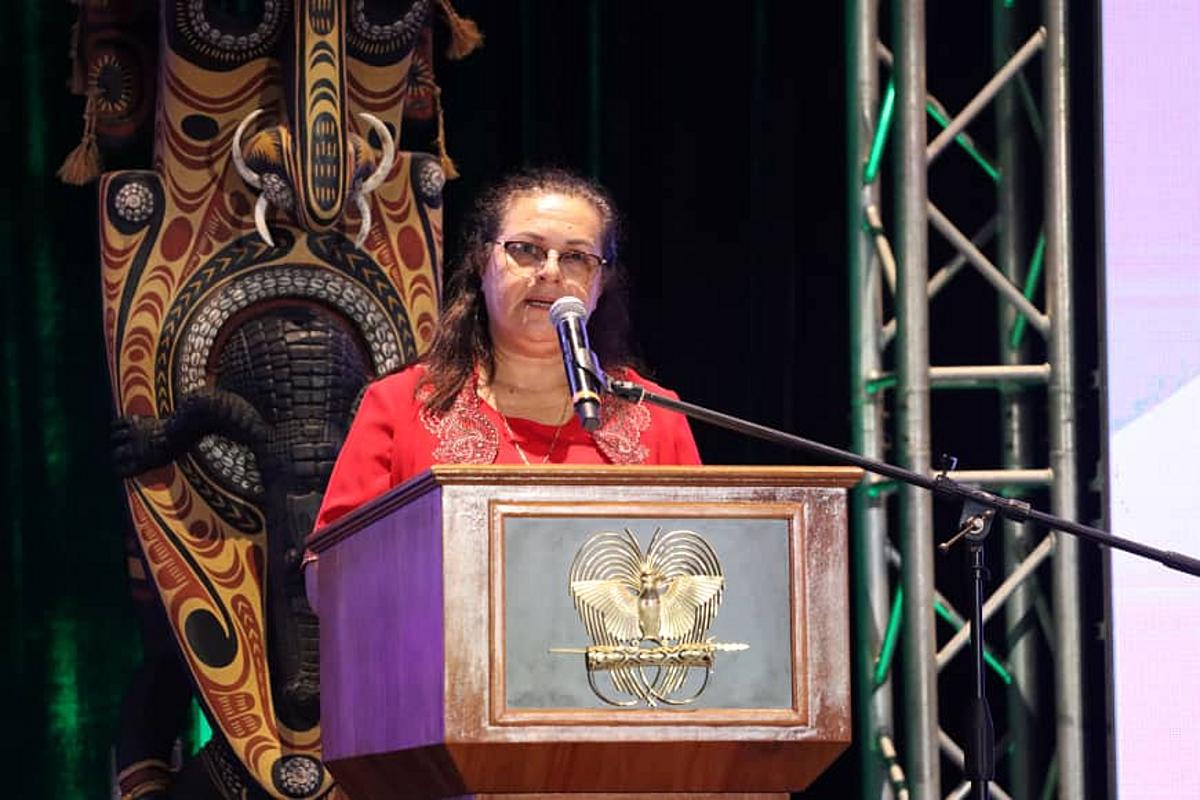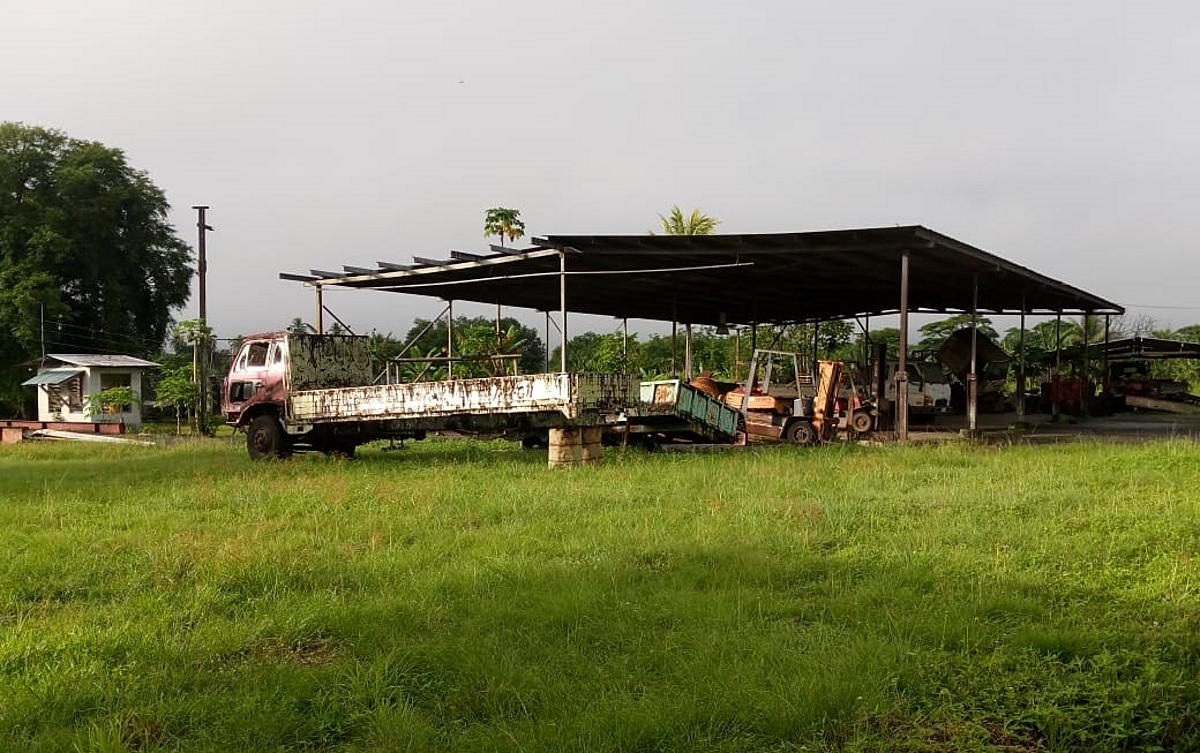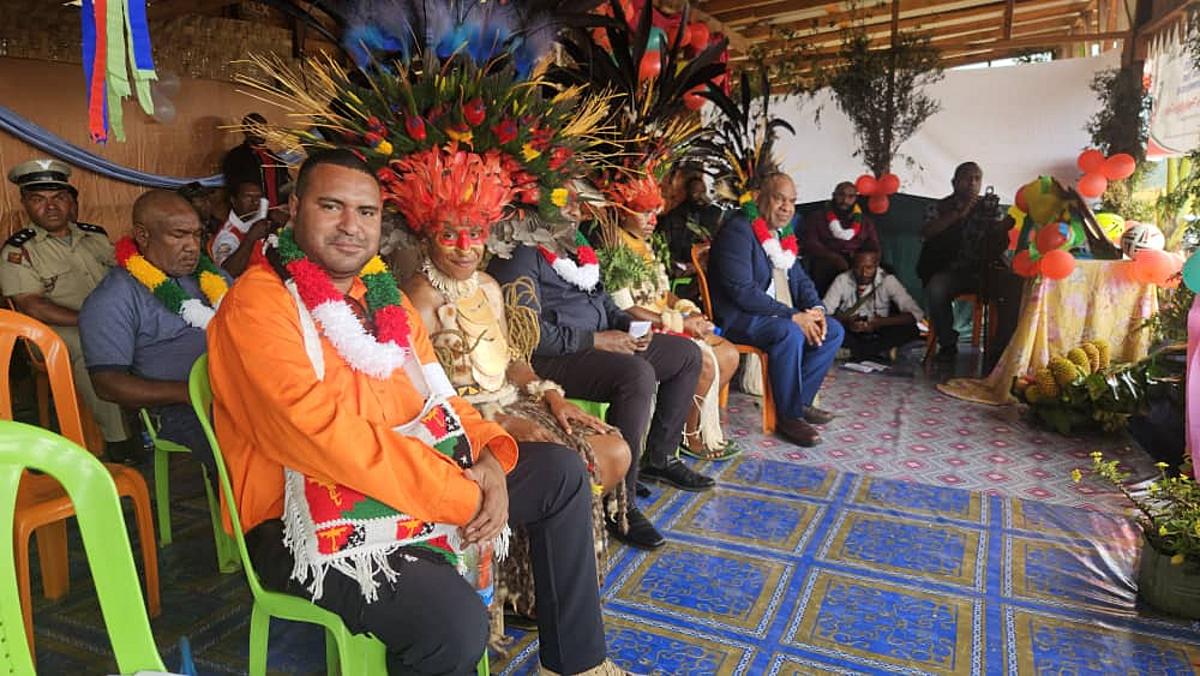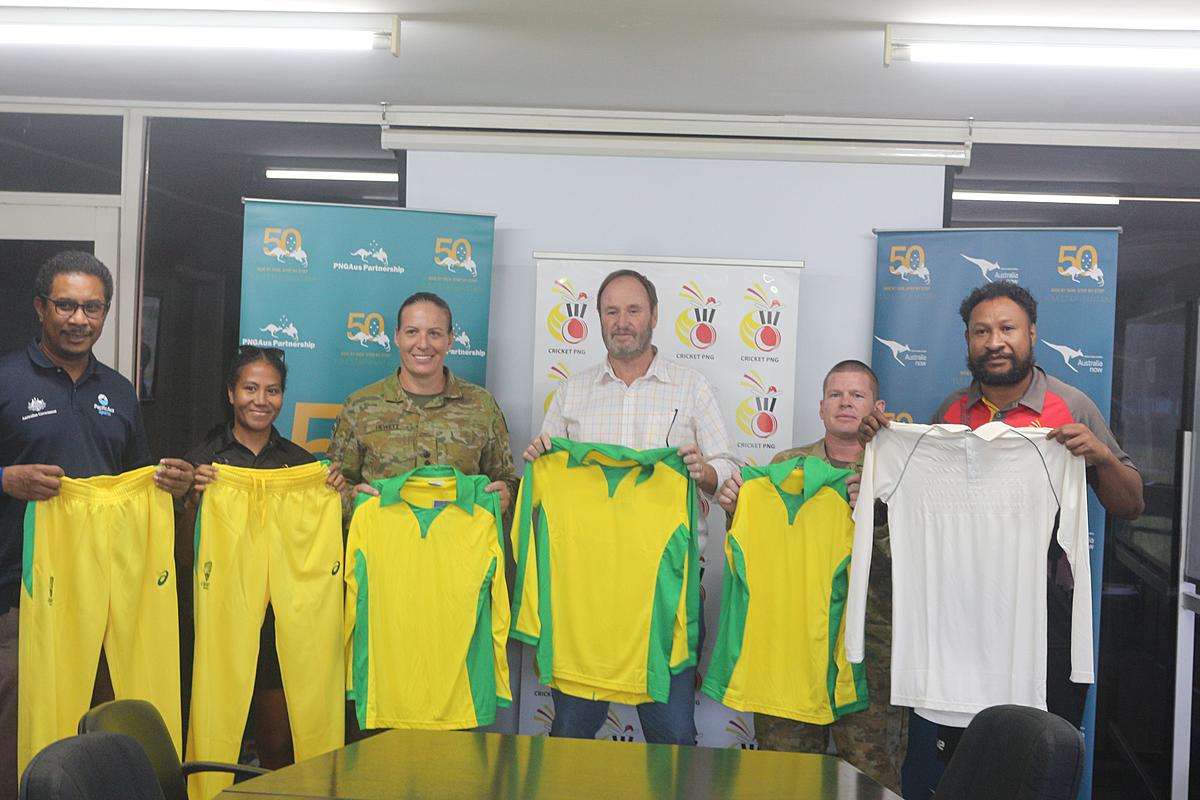In spite of the pandemic, the petroleum industry continues to be a vital aspect in providing a sustainable future in the PNG. This, according to Petroleum and Energy Department Secretary David Manau, who said that since its first oil production in Kutubu in 1995, the industry continues to thrive. In fact, since 2015, the liquefied natural gas (LNG) has brought forth 20 per cent of the income of the country.
In a statement, Manau said, “Global LNG market has enjoyed the sixth year of consecutive growth in trading by 2019 and PNG contributes 2 per cent of the Global LNG Exports at 8.2 MTA (million tons per annum) from the PNG LNG. Countries like Bangladesh, Brazil, China, India and the Philippines are building new LNG import terminals after reaching Final Investments Decisions (FDI). Indonesia has been struggling to find natural gas to feed its LNG trains at the Bontang LNG Complex, with almost 50 per cent of its capacity sitting idle.”
He added, “PNG is on the spotlight as an LNG producing country with a lot of potential and huge frontier areas for exploration and production. The country has an oil and gas drilling success rate of one discovery out every five wells, unlike other countries. This all shows that the LNG market will continue to improve and grow post coronavirus pandemic.”
In the pipeline are several oil and gas projects, Manau said. P’nyang LNG Project (Gulf), Pasca A Gas Condensate Project (Gulf), Stanley Gas Condensate Project and Ketu/Elevala Gas Condensate Project (Western). Pandora Gas Field (Gulf) may likely be considered for aggregation with Pasca A, with accumulative resources rising to a volume of 1.2 trillion cubic feet of raw gas.
He said, “Papua LNG Project is operated by Total E&P and proposed to develop the Elk/Antelope Gas Discovery with best estimate resource size of 6.7 trillion cubic feet with additional prospects within the blocks to increase the overall resource size. The overall capital expenditure estimated for Papua LNG is at US$12.331 billion (K42.45bil), with the operational expenditure of US$10.324 billion (K35.54bil) for the life of the project.”
“P’nyang is operated by ExxonMobil and the total Capital Investment in the project is estimated at US$11.319 billion (K38.97bil) with Operational Expenditure of US$11.120 billion (K38.28bil) for the life of the project,” he added. “The P’nyang LNG Project is pending ongoing negotiation between the State and Operator to reach an agreement before the end of 2020 so that the project can reach Final Investment Decision. Papua LNG and P’nyang LNG Projects are both standalone projects with different operatorship, marketing arrangements and will have separate gas agreements. However, both are being considered for synergy at the downstream LNG Production Plant were they will be integrated into the existing PNG LNG project for cost-sharing and savings. Which is also beneficial to the State, given that the current regime allows the State to buy in equity at current market equitable rates. Cost Synergy and project integration preserve the State from additional borrowing to cover for the project investment cost differences in both Papua LNG and P’nyang LNG. The Expansion of the PNG LNG will double the LNG Production by 8.2 MTA bringing the total to 16.4 MTA.”
He said, “Pasca A is a niche project with more focus on Condensate and LPG production in the initial two years. This project is located offshore and roughly estimated to cost US$1.6 billion (K5.51bil) in both capital expenditure and operations for the well, production, processing, storage and offloading platforms in the Gulf of Papua for the life of the project. However, the project life can be extended by aggregation and integration of surrounding offshore gas fields including Pandora, Hagana, Flinders and Uramu, all tie-in to the Central Processing Facility. One of the key discovery in unlocking the stranded gas fields in the Western is the petroleum development license (PDL) 10 Stanley Gas Project which the new operator, Arran Energy is reviewing its Field Development Plan and shall be submitted to the Department of Petroleum and Energy for Review in October 2020. The review of the Stanley Gas Project field development plan has excited interest in the Ketu Elevala fields petroleum retention license (PRL) 21.”










